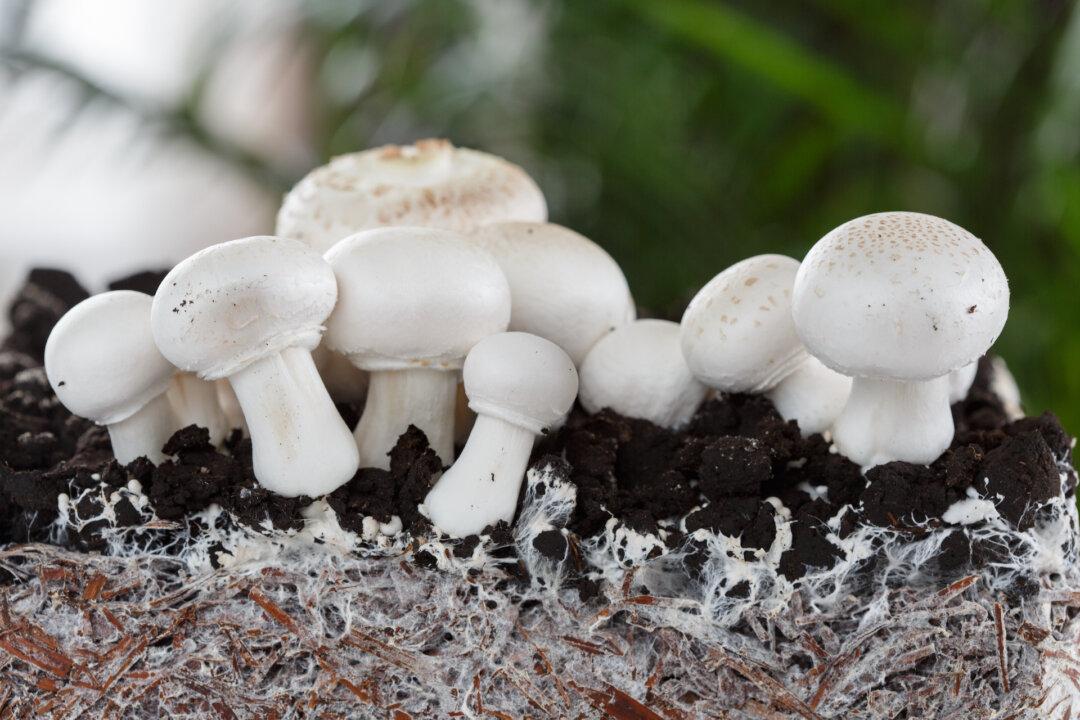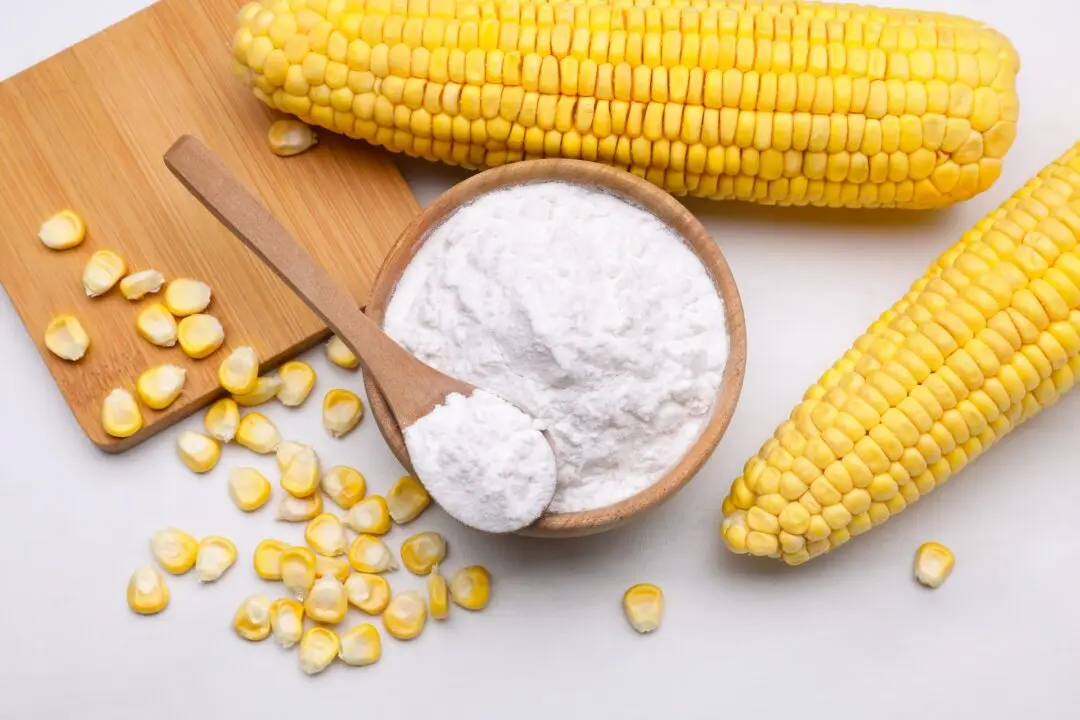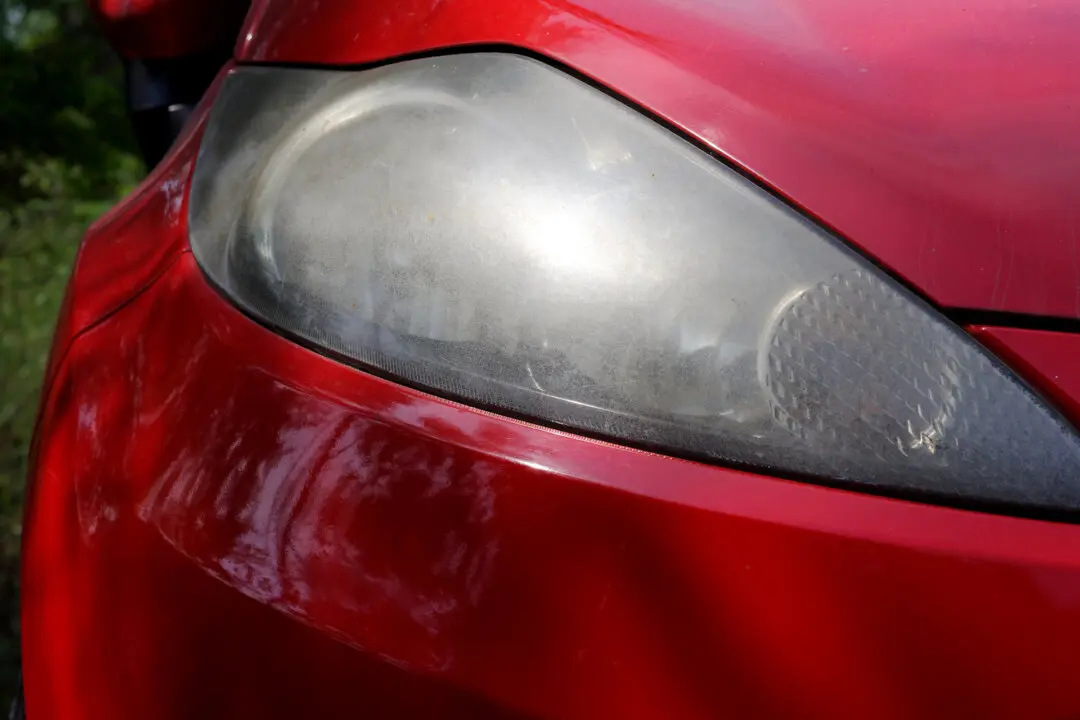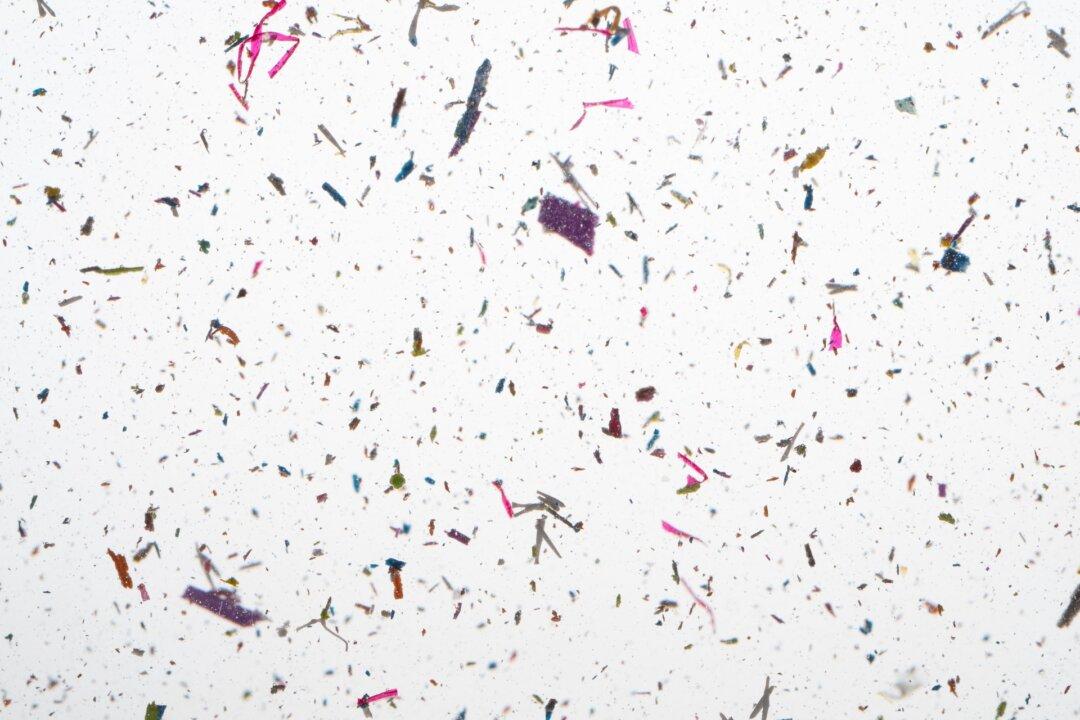Dear Mary: In a recent column, you suggested to not wash mushrooms but to simply brush them well with a vegetable brush or clean towel. While I agree with you 99 percent of the time, on this one I had to write. Did you know that mushrooms are usually grown in manure? You must wash them. I use a commercial veggie wash and brush, too. —Patricia
Dear Patricia: Contrary to popular belief, mushrooms are not grown in manure. Mushrooms are, in fact, grown in a pasteurized substrate. Yes, this does contain manure, but once the whole process is finished, it is not even close.





